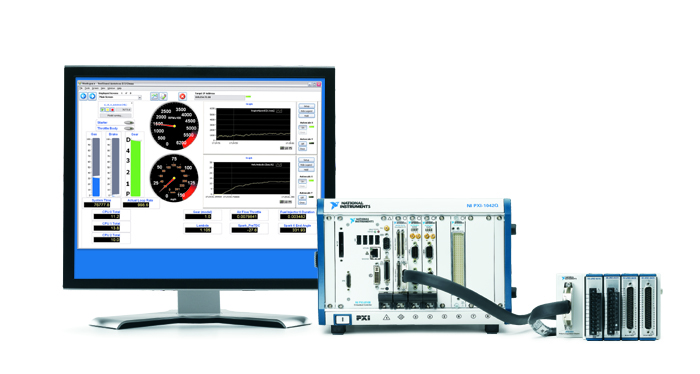Promoted content: Disabling the hackers of tomorrow and ensuring passenger safety with flexible HIL testing

By Noah Reding
If you look around our world today, the growth in electromechanical systems is quite astounding. Many of the things we interact with on a daily basis are being controlled by some number of embedded control systems, and nowhere is this more evident than in the modern day automobile.
Think about all of the things a car can do today: provide a mobile platform of passenger entertainment, prevent drivers from falling asleep at the wheel, autonomously park itself, and even communicate with other cars and the surrounding infrastructure. With all of this data being processed and analysed by the car, the number of electronic control units (ECUs) inside the vehicle has increased. In fact, in some advanced luxury vehicles, the number of ECUs can reach up to 80 or even 100.
These devices must communicate through in-vehicle networks, but traditional networks like CAN and LIN do not have enough bandwidth to keep up with the new features and capabilities in today's cars, so automotive companies are faced with a choice: either continue to add more networks and cables in the car to handle the bandwidth, or use different networks with more throughput. Adding more networks and cables poses a huge problem because more wiring equals more weight, which means worse fuel efficiency and performance.
Register now to continue reading
Thanks for visiting The Engineer. You’ve now reached your monthly limit of news stories. Register for free to unlock unlimited access to all of our news coverage, as well as premium content including opinion, in-depth features and special reports.
Benefits of registering
-
In-depth insights and coverage of key emerging trends
-
Unrestricted access to special reports throughout the year
-
Daily technology news delivered straight to your inbox










Water Sector Talent Exodus Could Cripple The Sector
Maybe if things are essential for the running of a country and we want to pay a fair price we should be running these utilities on a not for profit...